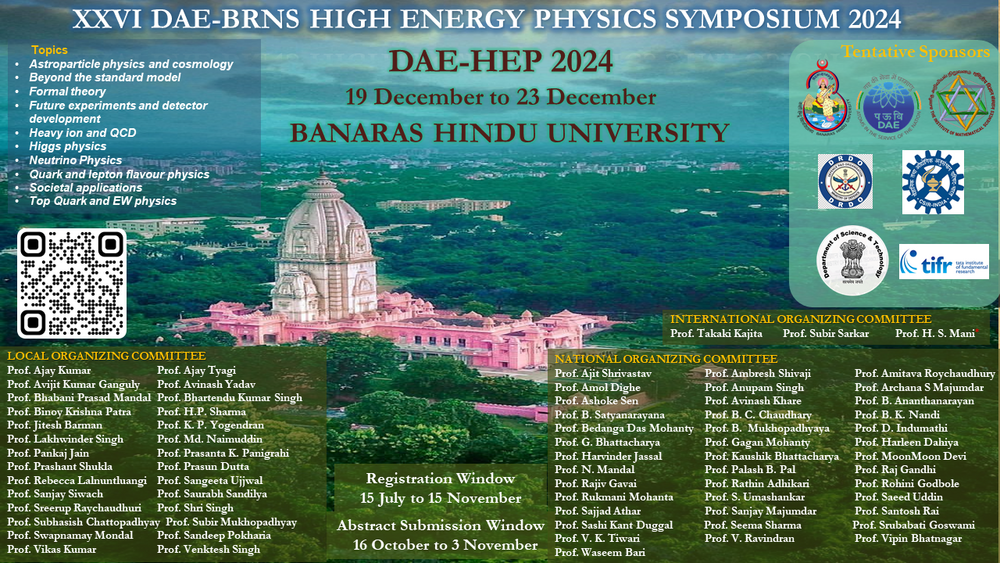Speaker
Description
Recent observations on the high-multiplicity proton-proton ($p-p$) collisions, similar to the phenomenon observed in heavy-ion collisions, provide a glimpse into the possible formation of the strongly interacting quark-gluon plasma (QGP) in such small systems. Unlike nucleus-nucleus (A$-$A) collisions, the transverse and longitudinal dimensions in $p-p$ collisions are comparable, leading to rapid cooling of the medium and, consequently, affecting the charmonium states. To analyze this phenomenon, we adopt a bottom-up thermalization framework to model the pre-equilibrium stage, followed by a Gubser-type hydrodynamic expansion. We observe that the resulting temperature evolution is fast, inducing rapid changes in the Hamiltonian of the system, which causes the transition from $J/\psi$ to $\psi$(2S) state. This transition between charmonium states is obtained by considering the non-adiabatic framework for evolving charmonium states. Furthermore, the present study incorporates the QGP-induced suppression effects, such as collisional damping, which arises because of the energy loss due to interactions of the charmonium with the medium and gluonic dissociation as the consequence of quarkonium states into a color octet lead interactions with gluons. It also includes the regeneration of charmonium states within the medium due to the transition from the color octet state to the color singlet state. Through these combined effects, we explore the dependence of charmonium yield on transverse momentum ($p_T$) and event multiplicity in $p-p$ collisions at $\sqrt{s}$ = 13 TeV, providing new insights into the dynamics of strongly interacting matter and serving as a potential probe for the existence of a thermalized QCD medium in small collision systems.
| Field of contribution | Theory |
|---|

